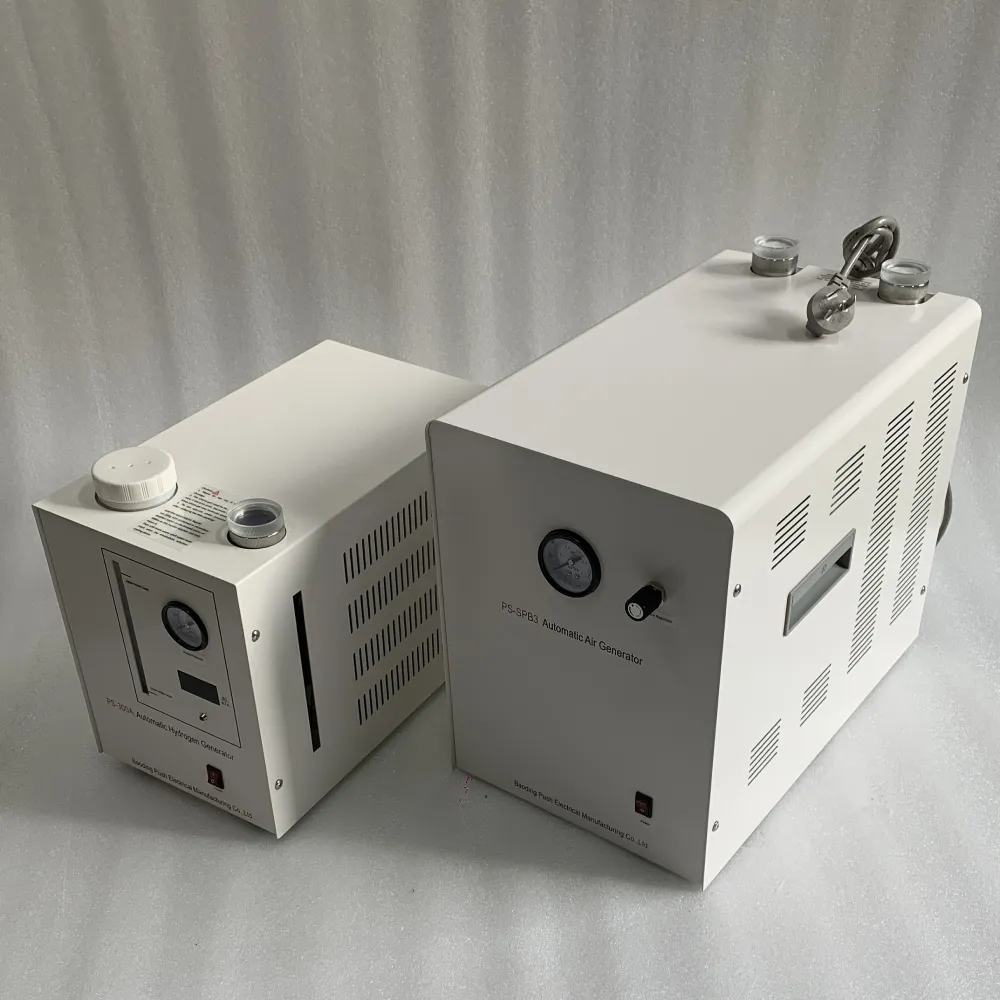 English
English


gas chromatography liquid chromatography
Understanding Gas Chromatography and Liquid Chromatography Techniques for Analyzing Mixtures
In the realm of analytical chemistry, chromatography stands out as a pivotal technique for separating, identifying, and quantifying components in complex mixtures. Among the various types of chromatography, gas chromatography (GC) and liquid chromatography (LC) are two of the most commonly employed methods. Both techniques offer unique advantages and are used in various fields, including environmental analysis, pharmaceuticals, food safety, and petrochemical industries.
Gas Chromatography (GC)
Gas chromatography is a technique primarily used to separate volatile compounds in a sample. The process begins with the sample being vaporized and introduced into a column that is either packed or coated with a stationary phase. An inert gas, known as the carrier gas (often helium or nitrogen), flows through the column, carrying the vaporized sample along with it.
As the sample travels through the column, its components interact with the stationary phase. The degree of interaction depends on the chemical properties of each compound, which leads to different retention times. Compounds that interact more strongly with the stationary phase take longer to travel through the column, while those with weaker interactions elute faster. This separation allows for the individual components of the mixture to be detected.
One of the key advantages of GC is its high resolution and sensitivity, making it ideal for analyzing low concentrations of compounds. It is widely used in the pharmaceutical industry for purity testing and in environmental monitoring for detecting pollutants. Additionally, because GC requires that samples be vaporized, it is most suitable for volatile and thermally stable compounds.
Liquid Chromatography (LC)
In contrast, liquid chromatography operates under conditions suitable for a broader range of chemical compounds, including those that are not volatile or those that decompose when heated. In LC, the sample is dissolved in a solvent (the mobile phase) and pumps through a column packed with solid stationary phase. Various modes of liquid chromatography exist, including reversed-phase, normal-phase, and size-exclusion chromatography, each chosen based on the nature of the compounds under investigation.
gas chromatography liquid chromatography

Reversed-phase chromatography is particularly popular and relies on hydrophobic interactions. Here, non-polar stationary phases are used, which attract and retain non-polar compounds from the mobile phase. This method is especially useful for separating complex mixtures in pharmaceuticals and biochemistry.
The flexibility of LC enables the analysis of a wide variety of substances, from small organic molecules to large biomolecules such as proteins and nucleic acids. The ability to work with a liquid mobile phase also means that less sample preparation is often required compared to GC.
Comparative Analysis GC vs. LC
When choosing between gas chromatography and liquid chromatography, several factors must be considered. GC is highly effective for volatile compounds and offers faster analysis times. However, its requirement for vaporization limits its applicability to non-volatile substances. On the other hand, LC is versatile and can analyze a wider range of compounds, including large biomolecules, but may have longer run times and lower resolution in certain cases.
Moreover, advancements in both technologies have led to hybrid techniques, such as gas chromatography-mass spectrometry (GC-MS) and liquid chromatography-mass spectrometry (LC-MS), which combine the advantages of separation techniques with mass spectrometry for more precise identification and quantification.
Conclusion
Both gas chromatography and liquid chromatography are invaluable tools in analytical chemistry, each with its unique strengths and applications. Understanding the foundational principles of these techniques allows researchers and chemists to select the most appropriate method for their analytical needs. As technology continues to evolve, the sensitivity, efficiency, and versatility of these chromatographic methods will undoubtedly enhance their importance in scientific research and various industries.
-
Differences between open cup flash point tester and closed cup flash point testerNewsOct.31,2024
-
The Reliable Load Tap ChangerNewsOct.23,2024
-
The Essential Guide to Hipot TestersNewsOct.23,2024
-
The Digital Insulation TesterNewsOct.23,2024
-
The Best Earth Loop Impedance Tester for SaleNewsOct.23,2024
-
Tan Delta Tester--The Essential Tool for Electrical Insulation TestingNewsOct.23,2024





